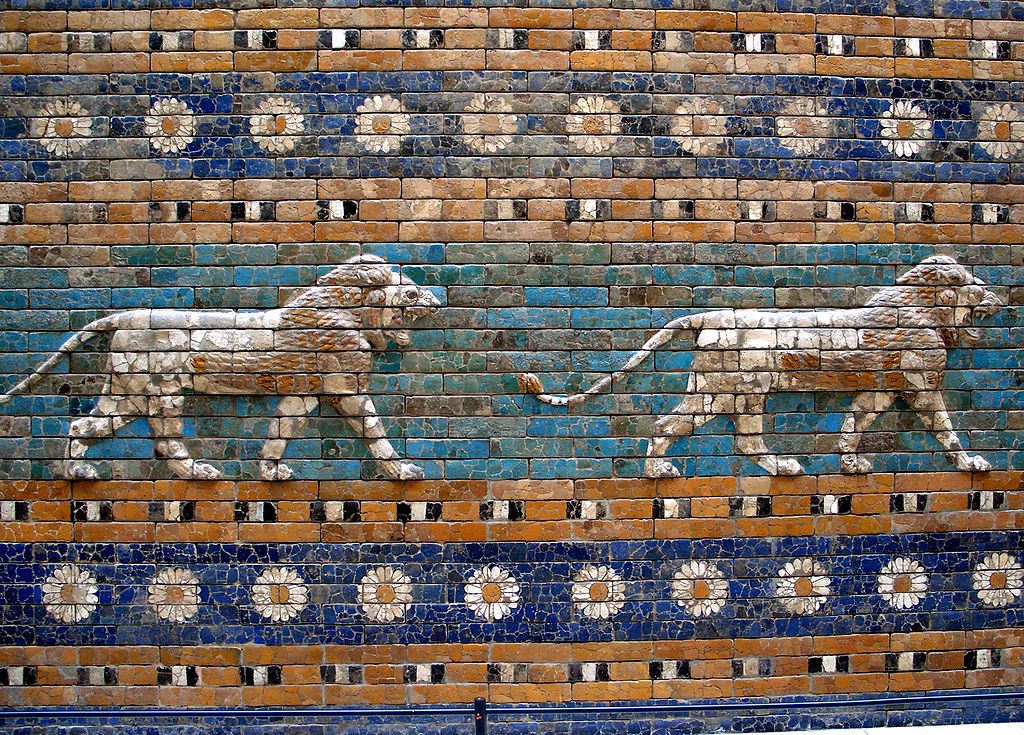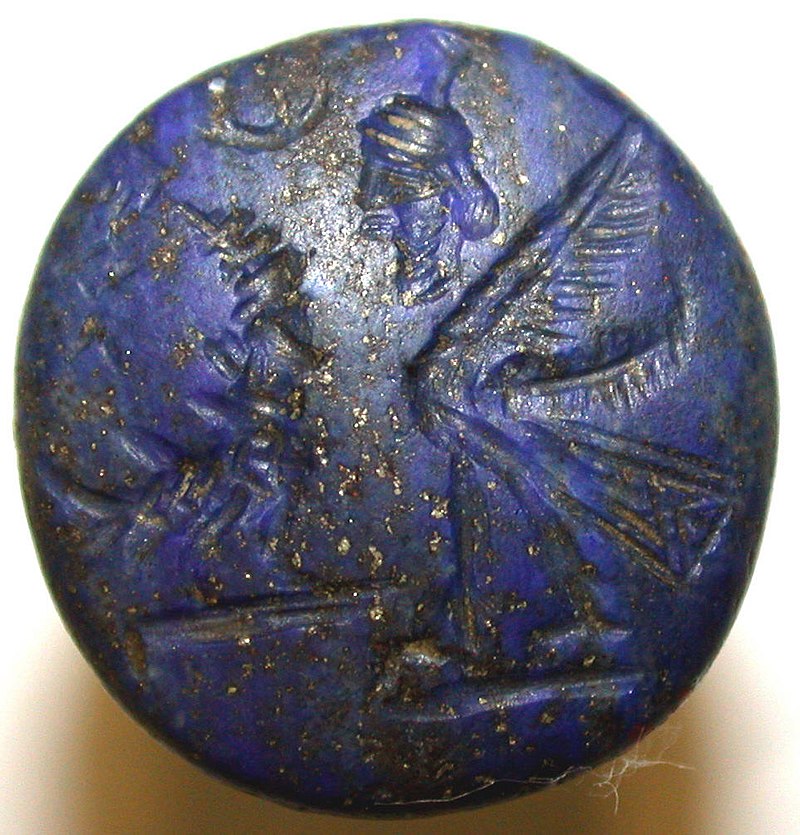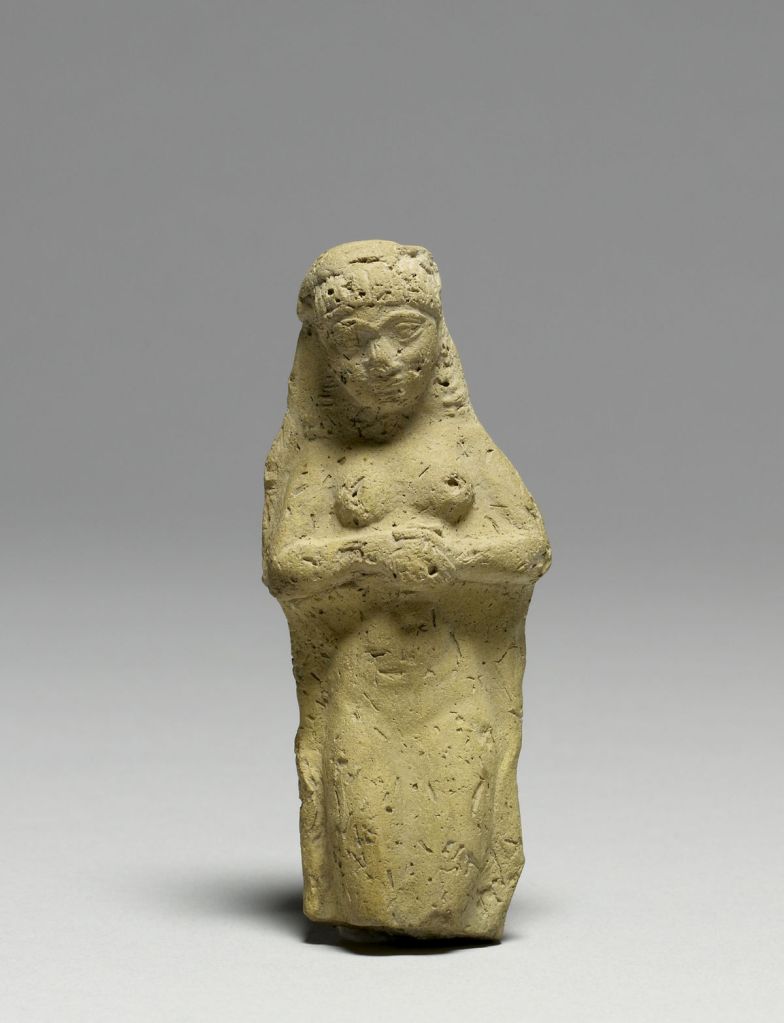Neo-Babylonian Art
Artists during the Neo-Babylonian period indeed continued many of the artistic conventions established in earlier periods, particularly drawing inspiration from the artistic legacy of the preceding Neo-Assyrian period.

This continuity is evident in various aspects of Neo-Babylonian art, including sculpture, relief carving, and architectural decoration. Similarities can be observed in the depiction of royal figures, religious motifs, and narrative scenes, reflecting a shared cultural heritage and artistic tradition across Mesopotamia. Despite these continuities, Neo-Babylonian art also exhibits distinct characteristics and innovations, reflecting the evolving cultural and political landscape of the time. Through their artistic endeavors, Neo-Babylonian artists contributed to the rich tapestry of Mesopotamian art, preserving and reinterpreting traditional motifs while also leaving their own unique imprint on the artistic legacy of the region.
Colored Glaze Reliefs
During the Neo-Babylonian period, artists refined and mastered the technique of colored glaze, achieving remarkable advancements in decorative artistry. This innovation is prominently showcased in the elaborate reliefs adorning architectural marvels like the Ishtar Gate in Babylon and along the city’s Processional Street.

Employing a combination of colored glaze and intricately molded bricks, artisans created awe-inspiring monumental displays that captivated the viewer’s imagination. The motifs depicted in these reliefs are rich in symbolism, often featuring powerful symbols associated with Mesopotamian deities and mythology. Lions, revered as symbols of strength and protection, are closely linked with the goddess Ishtar, while floral patterns and mythical creatures like the mušḫuššu, associated with the god Marduk, add a sense of mystique and grandeur to the compositions. Additionally, oxen motifs, symbolizing fertility and abundance, pay homage to the god Adad, further enriching the visual narrative of Babylonian art during this flourishing period of artistic achievement.






2. Striding lion from the Ishtar Gate. Louvre.
3. One of the mušḫuššu from the Ishtar Gate. Istanbul. (c) Mark Ahsmann
4. Bull from the Ishtar Gate. Istanbul. (c) Dosseman
5. The side of the Ishtar Gate. Pergamon Museum, Berlin. (c) Deutsche Fotothek
6. Striding lions with a border of flowers. (c) Josep Renalias
Cylinder Seals
During the Neo-Babylonian period, cylinder seals underwent a transformation, reflecting a departure from the intricate detailing seen in earlier periods. Influenced by Assyrian artistic conventions, the imagery depicted on these seals became more stylized and simplified. Among the prevalent themes portrayed on these seals were heroic figures engaging in combat with beasts or mythological creatures, echoing the valorous narratives of Mesopotamian mythology.
However, as the Neo-Babylonian period progressed, the popularity of cylinder seals gradually waned, eventually giving way to the widespread adoption of stamp seals. These stamp seals, with their simpler designs and easier production process, became the preferred choice for sealing documents and objects, marking a significant shift in seal-making practices during this era of Babylonian history.


Terracotta Figurines
During the Neo-Babylonian Empire, figurines produced using molds became prevalent artifacts, reflecting the artistic trends of the time. While the exact function of these figurines remains uncertain, they are believed to have served a votive purpose, possibly associated with fertility rituals or religious practices.
Many of these figurines depict human forms, often with exaggerated features or symbolic attributes, suggesting their connection to divine or supernatural beings. The widespread presence of fertility motifs on these figurines further supports their presumed role in rituals aimed at invoking blessings of abundance and prosperity.


